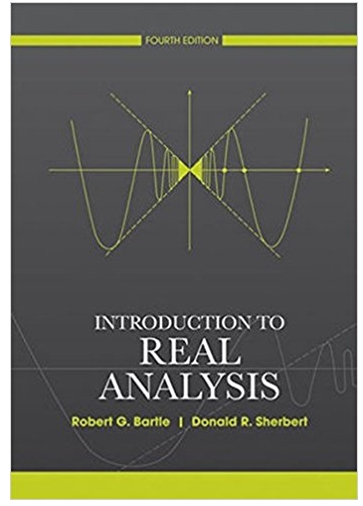Question 9, 11.2.5 Part 1 of 5 HW Score: 18.62%, 3.72 of 20 points Points: 0 of 2 Save In an experiment, 18 babies




Question 9, 11.2.5 Part 1 of 5 HW Score: 18.62%, 3.72 of 20 points Points: 0 of 2 Save In an experiment, 18 babies were asked to watch a climber attempt to ascend a hill. On two occasions, the baby witnesses the climber fail to make the climb. Then, the baby witnesses either a helper toy push the climber up the hill, or a hinderer toy preventing the climber from making the ascent. The toys were shown to each baby in a random fashion. A second part of this experiment showed the climber approach the helper toy, which is not a surprising action, and then the climber approached the hinderer toy, which is a surprising action. The amount of time the baby watched each event was recorded. The mean difference in time spent watching the climber approach the hinderer toy versus watching the climber approach the helper toy was 1.13 seconds with a standard deviation of 1.83 seconds. Complete parts (a) through (c) below. Click the icon to view the table of critical t-values. (a) State the null and alternative hypotheses to determine if babies tend to look at the hinderer toy longer than the helper toy. Let Hd = hinderer helper, where hinderer is the population mean time babies spend watching the climber approach the hinderer toy and helper the population mean time babies spend watching the climber approach the helper toy. Ho Hd H: Hd is 6 Question 9, 11.2.5 Part 1 of 5 HW Score: 18.62%, 3.72 of 20 points Points: 0 of 2 Save In an experiment, 18 babies were asked to watch a climber attempt to ascend a hill. On two occasions, the baby witnesses the climber fail to make the climb. Then, the baby witnesses either a helper toy push the climber up the hill, or a hinderer toy preventing the climber from making the ascent. The toys were shown to each baby in a random fashion. A second part of this experiment showed the climber approach the helper toy, which is not a surprising action, and then the climber approached the hinderer toy, which is a surprising action. The amount of time the baby watched each event was recorded. The mean difference in time spent watching the climber approach the hinderer toy versus watching the climber approach the helper toy was 1.13 seconds with a standard deviation of 1.83 seconds. Complete parts (a) through (c) below. Click the icon to view the table of critical t-values. (a) State the null and alternative hypotheses to determine if babies tend to look at the hinderer toy longer than the helper toy. Let Hd hinderer helper, where hinderer is the population mean time babies spend watching the climber approach the hinderer toy and the population mean time babies spend watching the climber approach the helper toy. Phelper is Ho Hd H: Hd < # Question 9, 11.2.5 Part 1 of 5 HW Score: 18.62%, 3.72 of 20 points Points: 0 of 2 Save In an experiment, 18 babies were asked to watch a climber attempt to ascend a hill. On two occasions, the baby witnesses the climber fail to make the climb. Then, the baby witnesses either a helper toy push the climber up the hill, or a hinderer toy preventing the climber from making the ascent. The toys were shown to each baby in a random fashion. A second part of this experiment showed the climber approach the helper toy, which is not a surprising action, and then the climber approached the hinderer toy, which is a surprising action. The amount of time the baby watched each event was recorded. The mean difference in time spent watching the climber approach the hinderer toy versus watching the climber approach the helper toy was 1.13 seconds with a standard deviation of 1.83 seconds. Complete parts (a) through (c) below. Click the icon to view the table of critical t-values. is (a) State the null and alternative hypotheses to determine if babies tend to look at the hinderer toy longer than the helper toy. Let Hd hinderer helper, where hinderer is the population mean time babies spend watching the climber approach the hinderer toy and helper the population mean time babies spend watching the climber approach the helper toy. Ho Hd H: Hd v 14- # Table of Critical t-Values Degrees of -Area in t-Distribution Area in Right Tail Freedom 0.25 0.20 0.15 0.10 0.05 0.025 1234567890 9 8 8 8 8 0.765 0.078 1250 1638 0.941 1.190 Degrees of 0.25 Freedom 020 015 0.10 0.01 0.005 0.0025 0.001 0.0005 0.05 0.025 0.02 t-Distribution Area in Right Tail 0.01 0.005 0.0025 0.001 0.0005 Print Done
Step by Step Solution
There are 3 Steps involved in it
Step: 1

See step-by-step solutions with expert insights and AI powered tools for academic success
Step: 2

Step: 3

Ace Your Homework with AI
Get the answers you need in no time with our AI-driven, step-by-step assistance
Get Started


